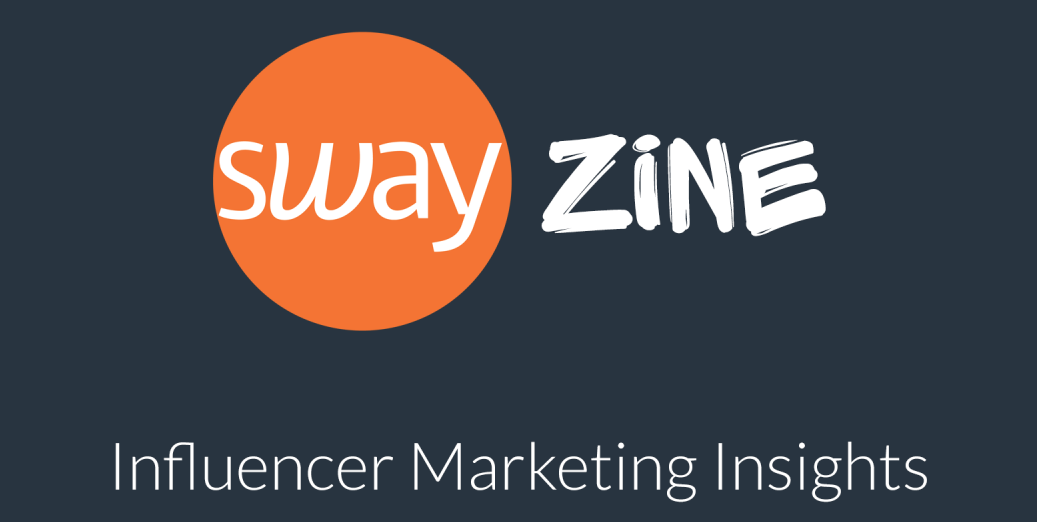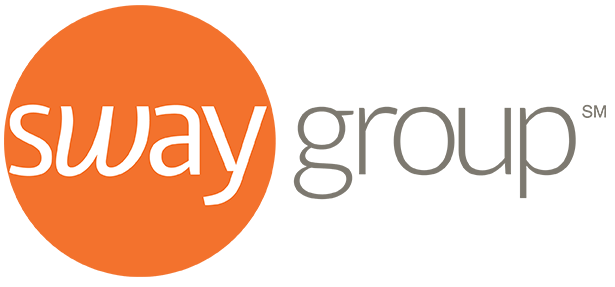
Last week marked our 14th anniversary. While it’s not exactly a milestone that comes with fireworks (unless you count the occasional confetti cannon of sheer relief), anniversaries always make me nostalgic. This year, I decided to dust off our old proposals and take a trip down influencer marketing memory lane. Let me tell you, this project was equal parts “tedious spreadsheet sleuthing” and “utterly fascinating time capsule.”
Here’s what I found.
The Wild, Wild West of Influencer Marketing
2011:
We launched an influencer marketing agency at a time when most people were still asking, “What’s a blog?” Twitter Parties were our bread and butter at $3,500 a pop. Blog posts from big names? $750–$3,000. But the real magic was bundling 100 posts from smaller bloggers for $30,000. (Yes, you read that right.) Every post came with Facebook and Twitter amplification, and conference sponsorships were all the rage at $10,000–$15,000.
Fun fact: We pitched clients with Klout Scores. Remember those?!
2012:
We got bold and upped our Twitter Party price to $6,000. Blog post packages suddenly dropped to $75–$100 each. (What a rollercoaster!) Pinterest and Instagram followers made their debut in our stats, and Facebook giveaways started popping up.
2013:
We realized our Twitter Party pricing was, uh, optimistic, and brought it back down to $3,000. Blog post prices crept up, and we saw our first impressions guarantees. Add-ons like blogger approval ($3,000), fast turnaround ($2,000), bit.ly tracking ($1,500), and post-program surveys ($2,000) became a thing.
Big moment: The birth of ambassador programs—though we called them “spokesbloggers” because we had to make up our own jargon. Instagram contests and live parties were huge.
The Evolution Continues
2014:
Things settled a bit. Twitter amplification became its own line item, bulk blog posts hit $800 each, and Instagram slideshows were everywhere. Video? Only on YouTube or Facebook. Instagram was still just pretty pictures.
2015:
Link in bio arrived. (Cue the confetti.)
2016:
Facebook live streams, and the first appearance of “Usage in Perpetuity.” Ambassadorships were everywhere.
2017:
Instagram was king, but still photo-only. The wackiest thing? Amplifying Instagram posts via Tweet. Blog posts came with a ton of amplification: 4 tweets, 1 post each on FB, IG, and Pinterest. We started sharing Instagram engagement rates.
2018:
Swipe up was the hot new feature, and we started sharing total social footprint.
2019:
Video finally came to Instagram! This was also the year we fully integrated with CreatorIQ, so our reporting got a major upgrade. We started guaranteeing metrics on every campaign.
The Modern Era: 2020–2025
2020:
Well, you remember 2020. Covid. Social unrest. Clients started requiring diverse creator lists (which we’d already been doing). TikTok activations made their debut.
2021:
Exclusivity terms, brand lift studies, and Twitch activations appeared.
2022:
Video took over. Everyone wanted moving pictures.
2023:
Usage terms entered the chat. We launched Massive Sway, focusing on nano influencers and streamlining approvals.
2024:
A quiet year. Clients realized a mix of video and photo content works best.
2025:
Creator-generated content (CGC) programs are everywhere, which is no surprise because they are perfect for an unsteady economy and a great way to get owned content at scale.
Final Thoughts
Phew! That was quite the journey. It’s wild to see how much has changed—and how much we’ve learned along the way. Did any of this surprise you? What’s your favorite influencer marketing memory or trend?
Danielle
